
How could artificial intelligence help adolescent autistics in social interactions?
A futuristic vision based on user research


A futuristic vision based on user research

Research,
Concept Design,
Video Production
Lukas Schneider
Maya Hornschuh
Tatjana Röhr
6 Months
University project
Course “Empathic A.I.”
The "Empathic AI" course aimed to uncover the mystery surrounding artificial intelligence. Often, artificial intelligence is advertised as the solution to everything in the media. The course focused on in-depth exploration of the topic of artificial intelligence. It was divided into two parts:
• Thorough research on the topic of artificial intelligence - (differentiated, from various and numerous sources)
• Conceptual visual representation of a user experience with artificial intelligence manifested in a product, interaction, or service
In the context of the project, my team and I did extensive research on the topic of artificial intelligence and mental health. We looked at diverse scientific sources, concepts and products from the industry, implementations in documentaries and science fiction, as well as concepts and visions of future institutions and “speculative design”.
In the more advanced process we decided to connect the topic “autism” with artificial intelligence and conducted user research with autistic adolescents, their relatives, as well as physicians to better understand this complex topic.
Derived from the user research, we then developed a concept in which artificial intelligence would assist autistic adolescents in social interactions. We designed three concrete interaction scenarios, as well as a modular product system consisting of a camera, wristband and headphones. The concept was finally visualised in an image video.
Artificial Intelligence
Mental Health
Autism
User Research
Scenario definition
Product Overview
User Experience
Requirements for A.I.
Definition for error handling
Storyboard
Video recording
Video editing

Source: https://intellipaat.com/
A.I. (Artificial Intelligence) is a branch of computer science that aims to create intelligent machines that can think and act like humans.
There are several subcategories of AI, including:
• Cognitive Computing The use of self-learning algorithms and artificial neural networks to simulate human thought processes, such as learning and problem-solving
• Computer vision Involves giving computers the ability to interpret and understand visual data from the world around them
• Machine learning Involves training algorithms to recognize patterns and make decisions based on data
• Neural Networks A complex system of algorithms that processes data and recognizes patterns, inspired by the structure and function of the human brain
• Deep Learning The use of multi-layered artificial neural networks to recognize patterns in data
• Natural language processing The ability of computers to understand, interpret, and generate human language.
There are three main categories of AI:
• ANI systems, which are specialized for one specific task and are not capable of adapting to new tasks or learning on their own
• AGI systems, which are designed to be as intelligent as a human and are capable of adapting to new tasks and learning on their own
• ASI systems, which are hypothetical and believed to have the potential to surpass human intelligence in a wide range of areas
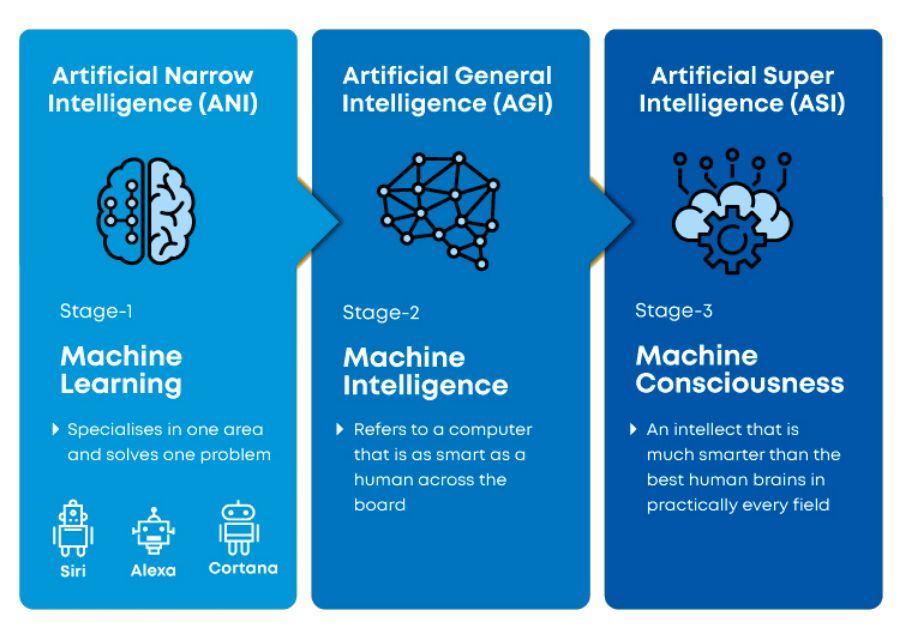
Source: Mygreatlearning
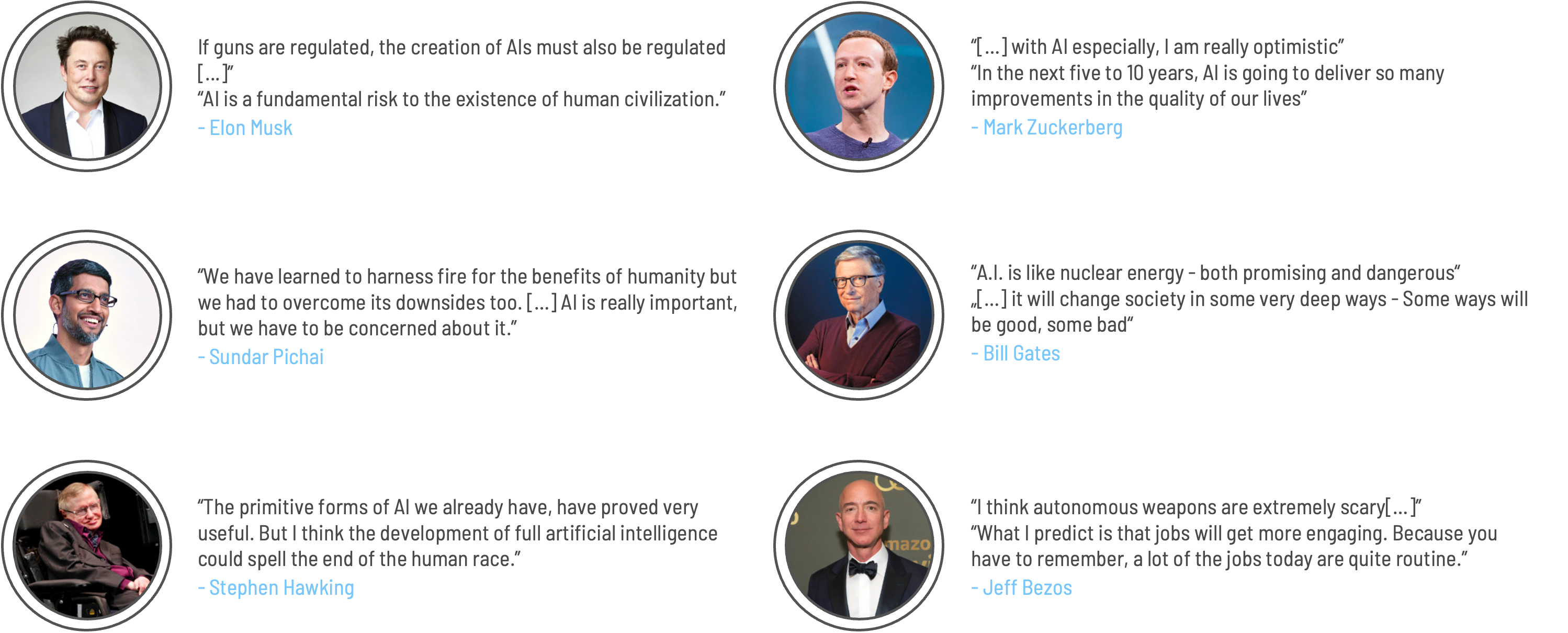
Designing a product specifically for people with autism can greatly improve their quality of life. By tailoring the product to their unique challenges and abilities, it is possible to create tools and resources that can help them communicate, learn, and engage with the world, leading to greater independence and participation in daily activities.
• Congenital neurodevelopmental disorder
• Genetic
• Causes unclear
• Frequently other concomitant diseases such as depression
• 600,000 cases in EU (2011 estimate)
• This corresponds to ~ 0.13% with current EU population
• 4x more common in males
Autism is a profound developmental disorder that can affect each autistic person differently. However, certain areas can be pointed out: “Specific area of interests”, “Perception characteristics”, “Need for routine”, “Social impairment” and “Difficulties in communication”.
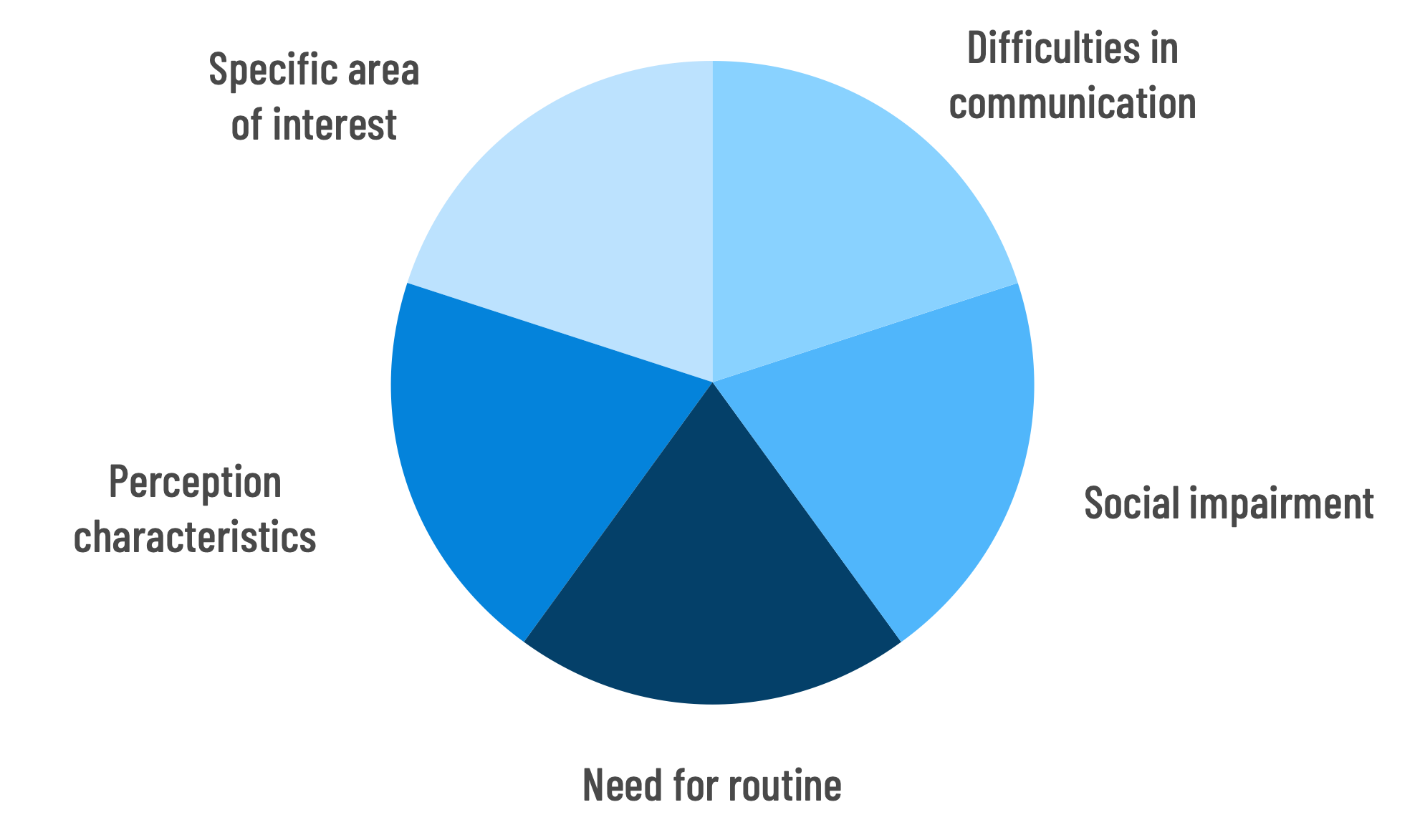

Within the areas there are different symptoms and severity levels per autistic person. It is a spectrum. Therefore, the rule is: “If you know one autistic person, you know only one autistic person, so do not generalize”.
Now that we had insights into artificial intelligence, mental health and autism, we used semi-structured interviews to find out what everyday problems affected people have to deal with. This is the final research phase before concept development.
Since we did not want to talk only to people with autism, but wanted to capture different perspectives, we conducted stakeholder mapping. Here we divided into three circles “directly affected”, “ supporting” and “ externally affected”.
In addition, the dashed line separates the type of entity. Above the line are private individuals and below the line are institutions and associations.
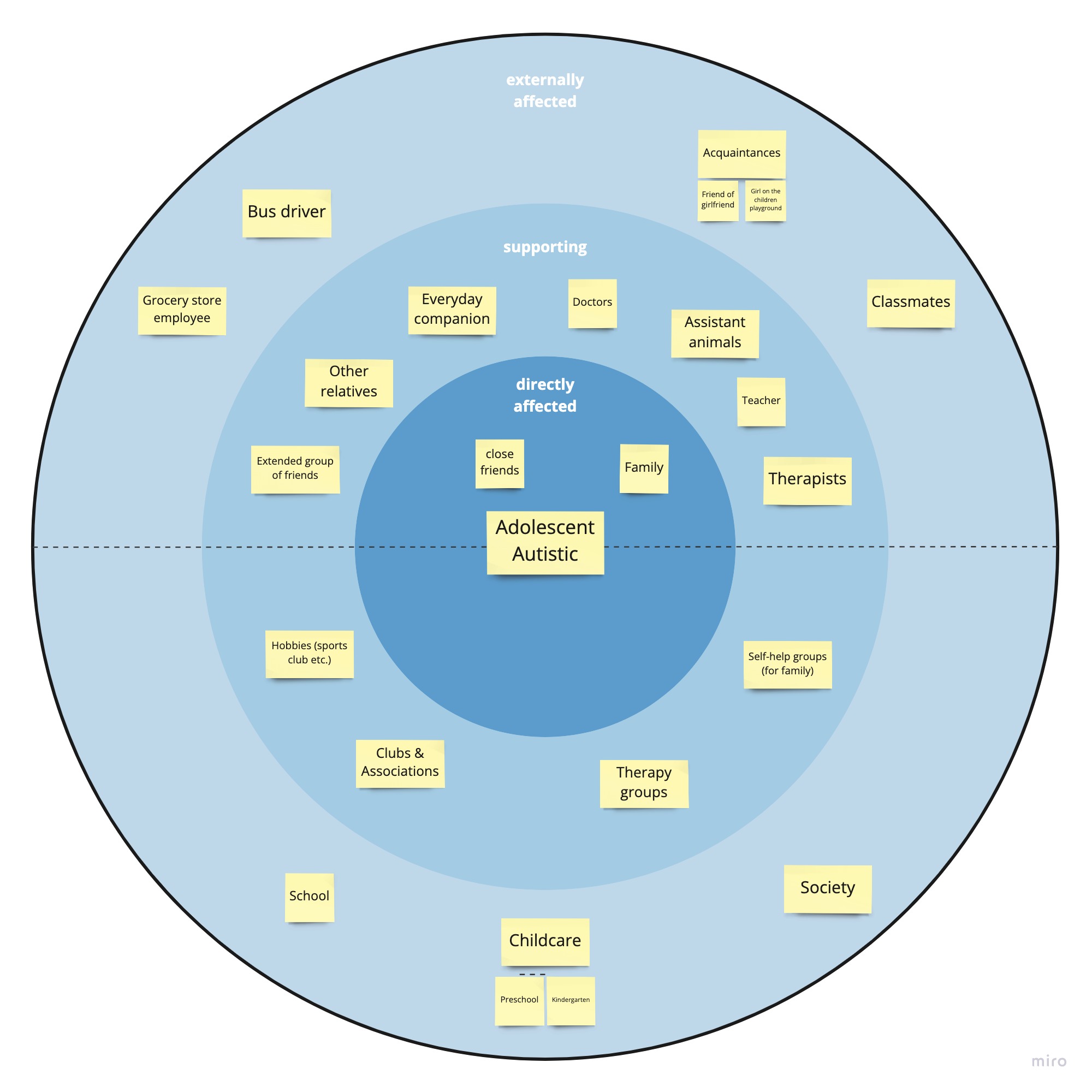
We decided in favor of semi-structured interviews, as this both ensures comparability of the interviews and allows us to respond individually to exciting statements. Through this process, we were able to identify qualitative insights about people with autism and their everyday problems from different perspectives. The interviews were conducted using videoconferencing software and averaged 45 minutes per participant.
A total of 5 participants were interviewed, including 3 females and 2 males. The age was between 19 - 61 years. Participants were generated through an Instagram post, as well as through the project group’s circle of acquaintances. The following participants were generated:
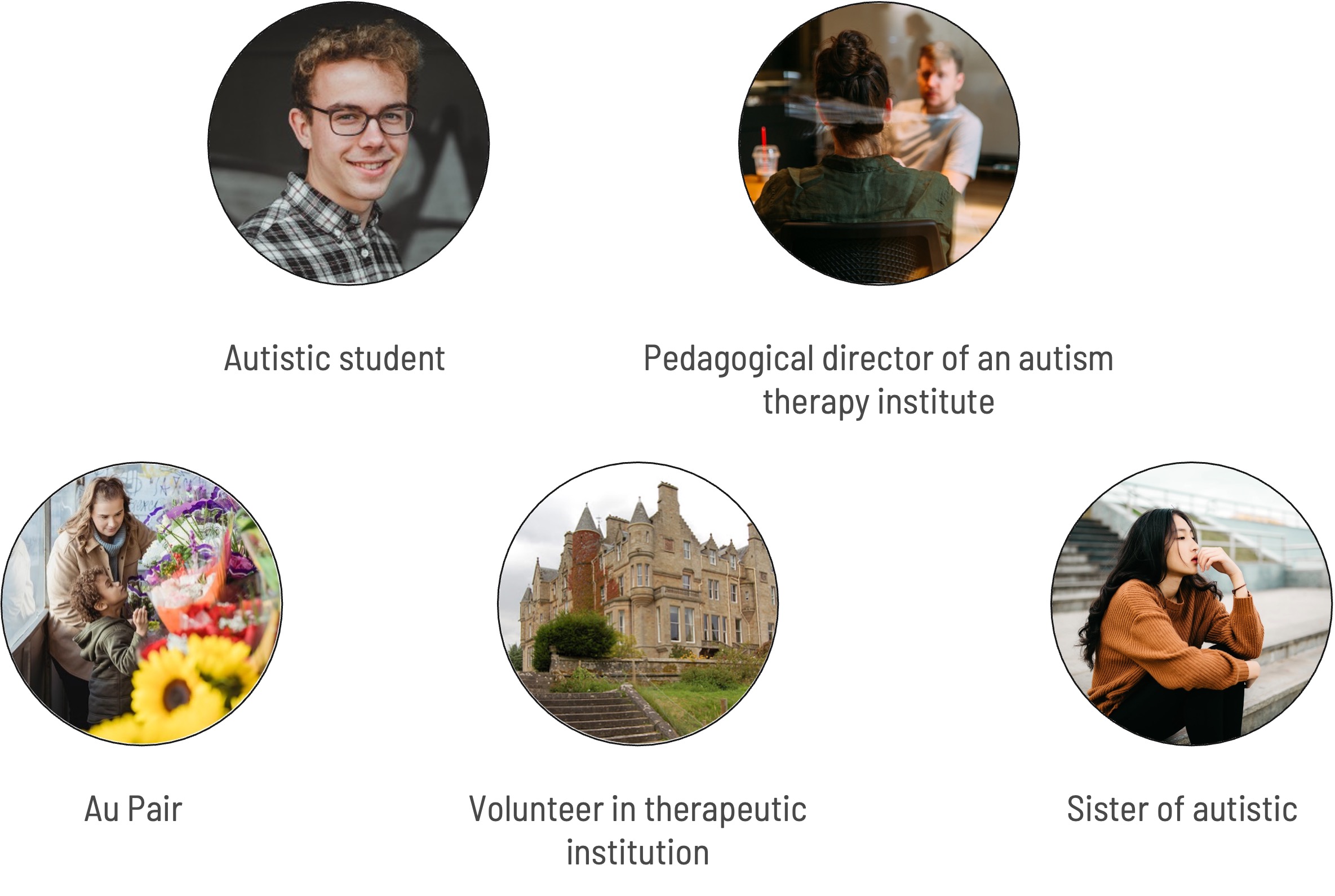
No “one size fits all” solutions
Since no autistic person is comparable to another and everyone has special requirements, special attention must be paid to individuality.
Enable independent decisions
The A.I. should support but not restrict the independence of the affected or even dictate.
Clear preference for discreet devices
Affected individuals do not want to be directly associated with their condition, so products should be designed to be as inconspicuous as possible.
Establish a foundation of trust
Affected individuals may be skeptical of the technology. Therefore, it is of particular importance to make the concept / product trustworthy.
Settling-in period
Study participants can envision an acclimation period in which affected are introduced to A.I. as part of therapy, can test it, specific preferences can be established, and the duration of use can be gradually increased and extended to non-therapy activities.
Use short and light sentences
If language is used, easy-to-understand sentences and rather short formulations should be provided.
After the very extensive research phase was completed and requirements for the concept were derived, the concept design began.
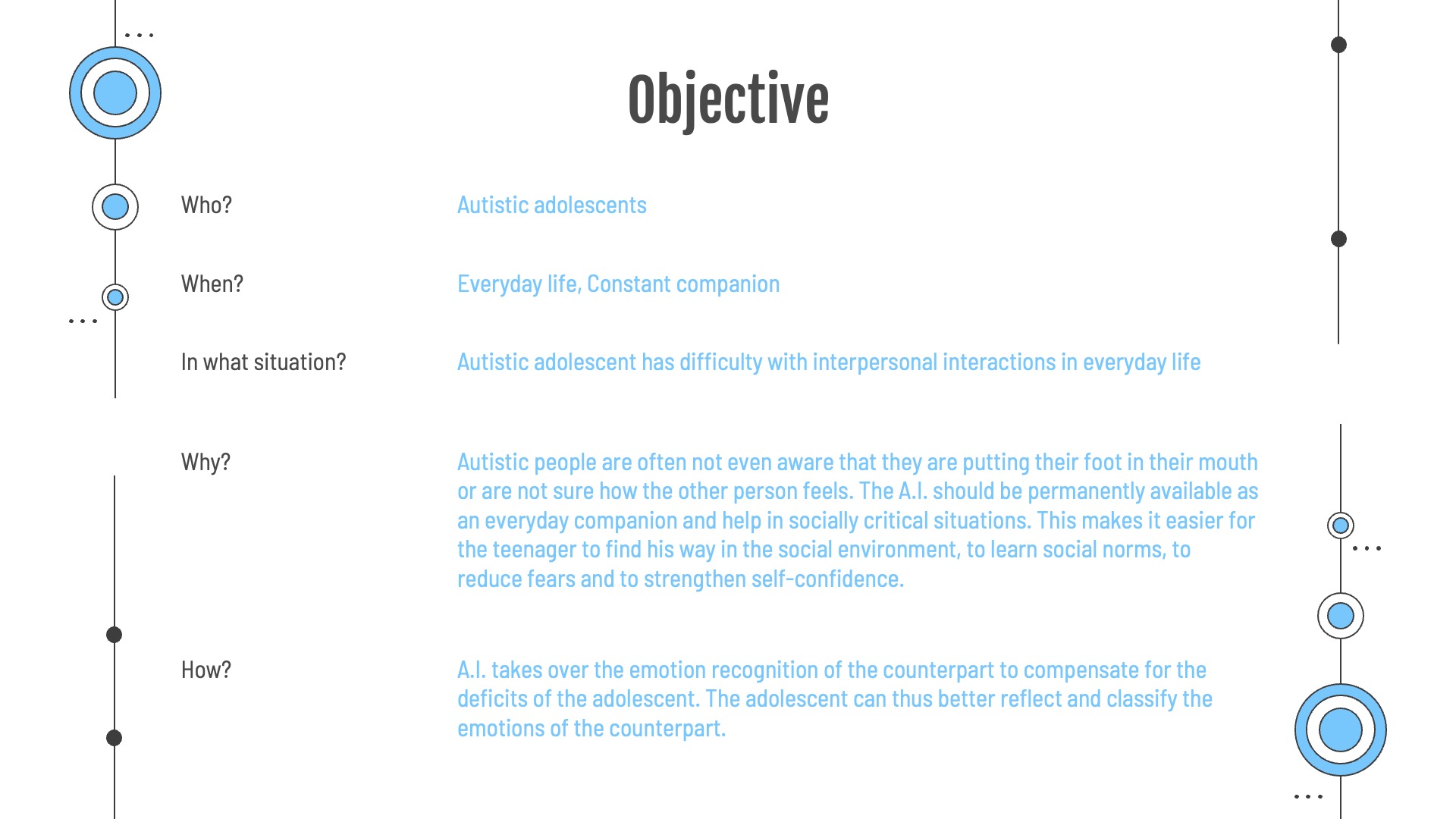
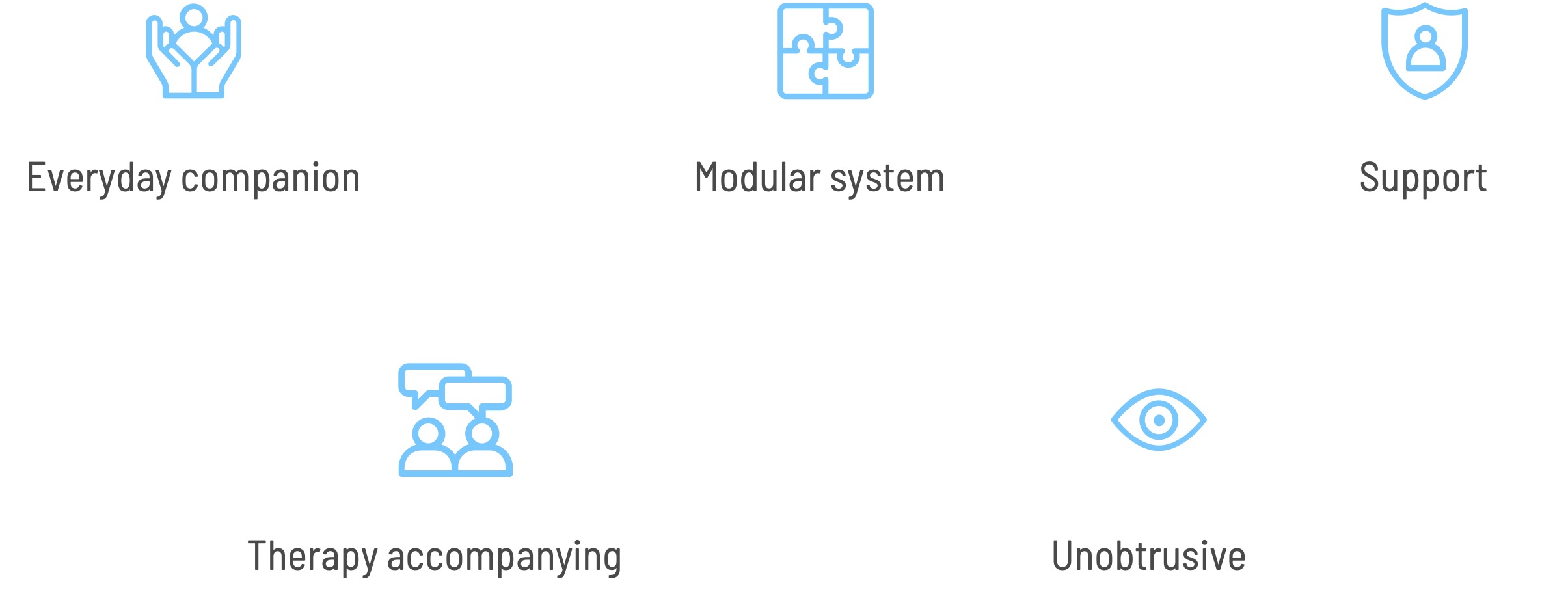
• The system has an advantage over human companions because it is available at all times and in all locations. It also gets to know the child and their environment, such as their mother or neighborhood children, and adapts to them.
• The system is modular, allowing the user to choose their preferred features based on their individual needs within the broad spectrum of autism.
• The system only intervenes when necessary, prioritizing the child's independence rather than control.
• It can be used alongside therapy, using real-life experiences of the user rather than recorded video sequences of strangers. The therapist also has the ability to provide additional support if necessary.
• The device has a discreet design to prevent stigmatization.
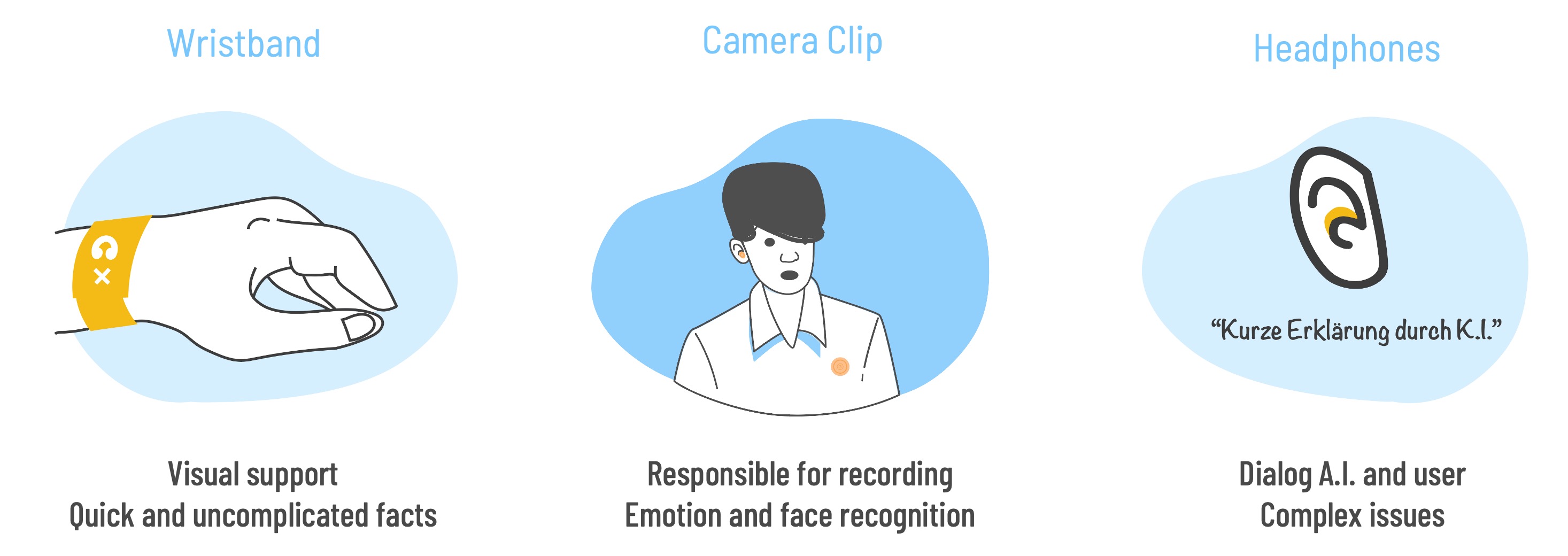
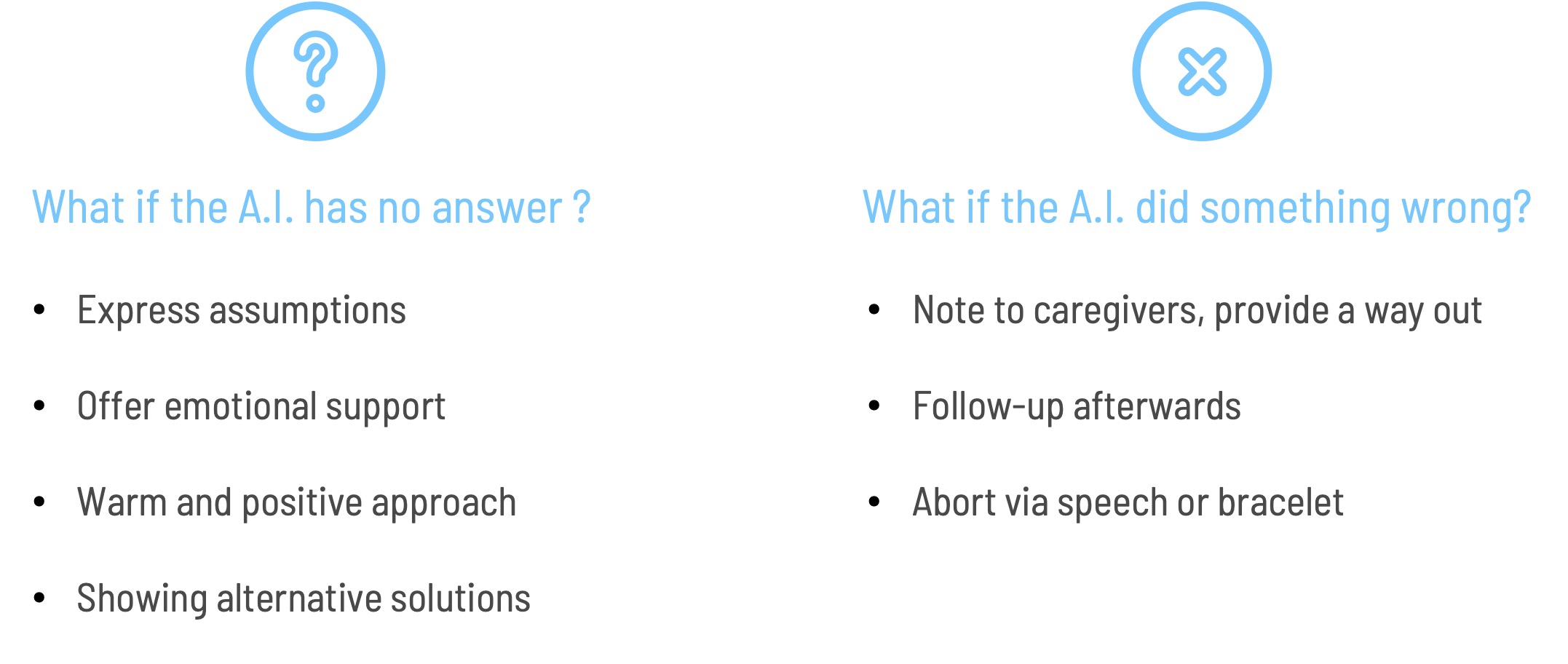
This project was one of the most exciting and influential of my time in university. In particular, the user research with individuals with autism and their families, as well as with doctors, greatly expanded my horizons.
I found it particularly interesting to be able to experience the reality of other people and to better understand them. I think it is extraordinary how research and design can contribute to giving a voice to these people and to developing concepts to make their daily lives easier.
• The impact of autism on the lives of individuals with autism and their families
• How to design products, services, and environments that are inclusive and accessible based on literature and user research
• The potential of assistive technologies, using artificial intelligence, to improve the lives of individuals with autism